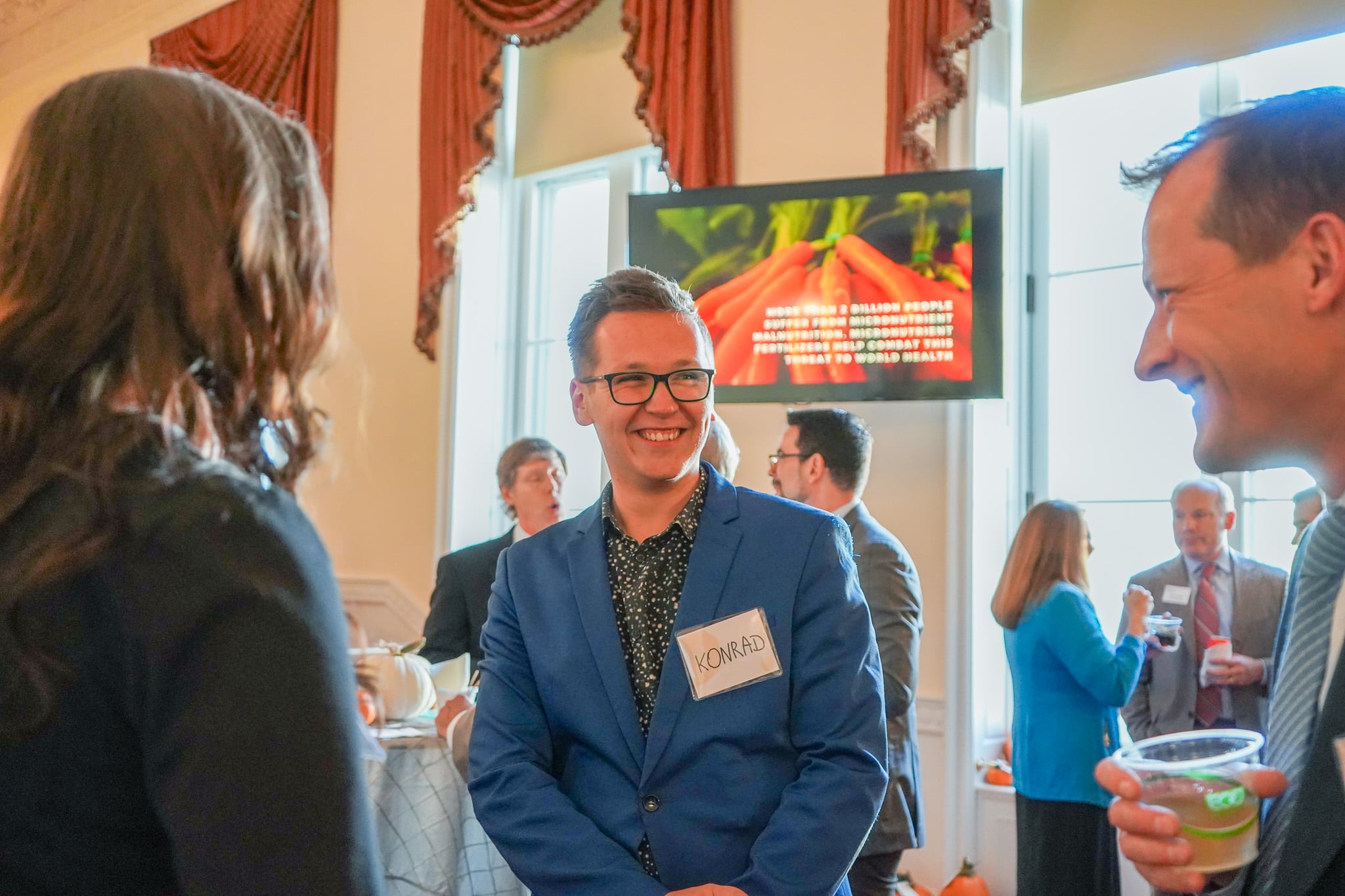The Feed
Media Contact
Get Social
The lineup of speakers for this year’s Agronomy Conference & Expo (ACE) has been announced! 🌱🎤🌾Join us as industry leaders, innovators, and experts share insights and advancements in agronomy.
Explore the full list of speakers and topics here 👉 https://ow.ly/lAtv50VNLSS
📊 Policy Priority: Tax & Trade
Fertilizer is global—and policy impacts every step.
TFI supports fair, open trade & tax policies that boost U.S. competitiveness, promote sustainability & keep nutrients flowing to farmers.
🔗 https://www.tfi.org/advocacy/our-issues/tax-trade/
#AgPolicy #TFIPriorities
Mark your calendar! Connect with TFI members and professionals from across the fertilizer supply chain at the Annual Business Conference.
📆 Registration opens July 21st, 2025.
Our VP of Government Affairs, Ed Thomas, is an avid sportsman with a vested interest in our environment.
Learn more about him and the sustainability efforts of the industry here:
Sustainability takes commitment—and investment. Over the past 3 years, the fertilizer industry has invested an average of $1.26 billion every year to drive progress. 🌎
Explore the full TFI Sustainability Report today: http://tfi.org/insights/sustainability-insights/
🌾 Fertilizer fuels Arizona agriculture — and we’ve got the numbers to prove it.
Curious about the bigger picture? Check out our full economic impact study to see how fertilizer supports jobs and local economies: https://ow.ly/wflQ50VJEhp
#DidYouKnow boron is a micronutrient that plays a major role in plant health?
Learn more about micronutrients here: http://tfi.org/why-fertilizer/intro-to-fertilizer/nutrient-science/
🚨 22% of U.S. fertilizer use supports crops that are exported.
TFI’s Senior Economist breaks down how tariffs + export restrictions—especially with China—could reshape fertilizer demand by 2026. 🌾📉
🎥 Watch now:
Today is the the Idaho Democratic Caucus, and TFI is here to remind you: Your vote matters! No matter who you vote for, it`s important that your voice is heard.

Today is the the Idaho Democratic Caucus, and TFI is here to remind you: Your vote matters! No matter who you vote for, it`s important that your voice is heard. …
Happy Earth Day! The fertilizer industry is working hard to ensure a sustainable food source and a healthy environment for everyone. Learn more about our efforts at tfi.org/sustainability

Happy Earth Day! The fertilizer industry is working hard to ensure a sustainable food source and a healthy environment for everyone. Learn more about our efforts at tfi.org/sustainability …
#DidYouKnow that the US fertilizer industry is at the forefront of energy efficiency compared to other countries? Learn more about sustainability in the fertilizer industry at tfi.org/sustainability

#DidYouKnow that the US fertilizer industry is at the forefront of energy efficiency compared to other countries? Learn more about sustainability in the fertilizer industry at tfi.org/sustainability …
TFI`s Agronomy Conference & Expo is coming to St. Louis this August! Formerly known as InfoAg, the Agronomy Conference & Expo has new features and a new outlook. Go to our website to learn more!

TFI`s Agronomy Conference & Expo is coming to St. Louis this August! Formerly known as InfoAg, the Agronomy Conference & Expo has new features and a new outlook. Go to our website to learn more! …
The #4Rs– right source, right rate, right time, right place– allow farmers to use fertilizer more sustainably and help fertilizer stay on the farm. The cost of implementation can actually save farmers money in the long run, too!

The #4Rs– right source, right rate, right time, right place– allow farmers to use fertilizer more sustainably and help fertilizer stay on the farm. The cost of implementation can actually save farmers money in the long run, too! …
We work in fertilizer, have family
in fertilizer, and/or live in a
community or state supported
by fertilizer and agriculture. Vote & #GrowTheVote this year!

We work in fertilizer, have family
in fertilizer, and/or live in a
community or state supported
by fertilizer and agriculture. Vote & #GrowTheVote this year! …
12.3 million metric tons is no small feat! Big thanks to our members who are doing their part for the environment. Learn more at tfi.org/sustainability

12.3 million metric tons is no small feat! Big thanks to our members who are doing their part for the environment. Learn more at tfi.org/sustainability …
You can see Dr. Katie Lewis at our Fertilizer Research Forum next week! We`ve got a robust research program planned for it, and you can explore more and register on our website. #FertilizerResearchForum2024

You can see Dr. Katie Lewis at our Fertilizer Research Forum next week! We`ve got a robust research program planned for it, and you can explore more and register on our website. #FertilizerResearchForum2024 …
Join Our Community
No matter where you are along the supply chain, there’s a place for you in TFI. When it comes to addressing tough challenges, we are acres ahead, and we’re proud to partner with fertilizer producers, wholesalers, retailers and the businesses that serve them. By leveraging the power of a unified industry voice, we rise above the noise and ensure that you are heard.






